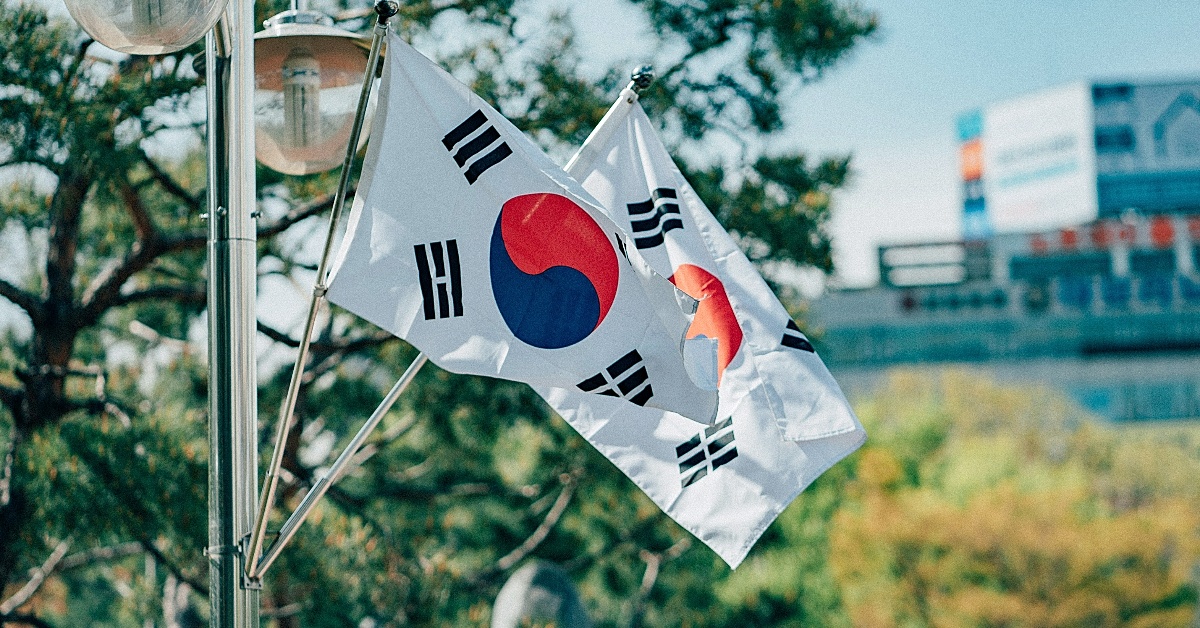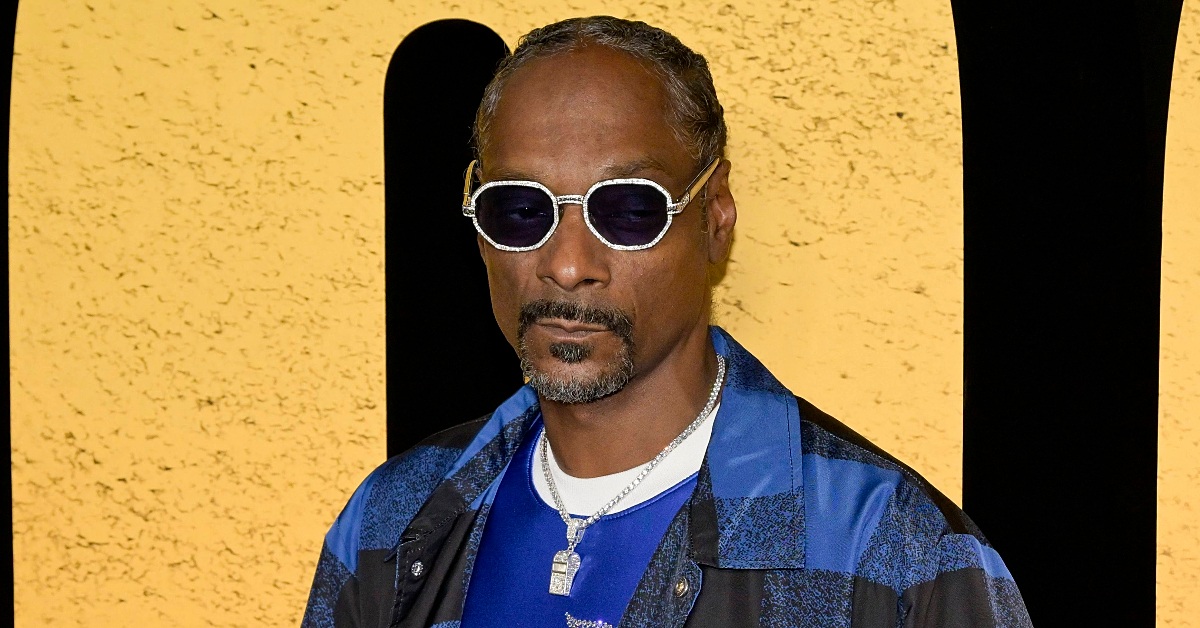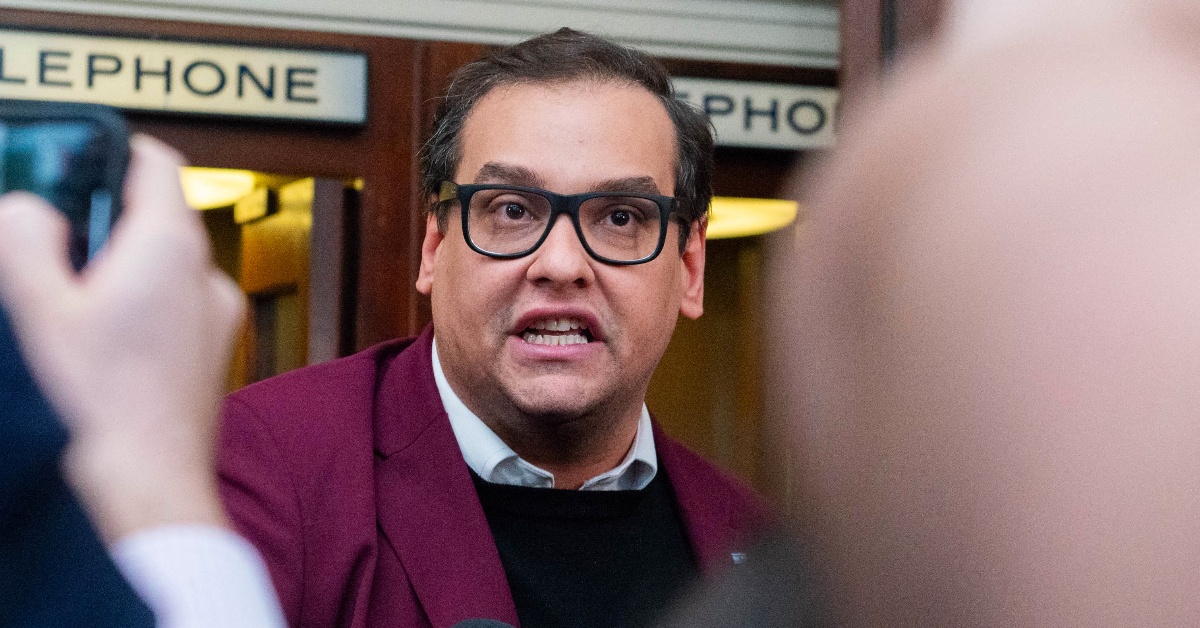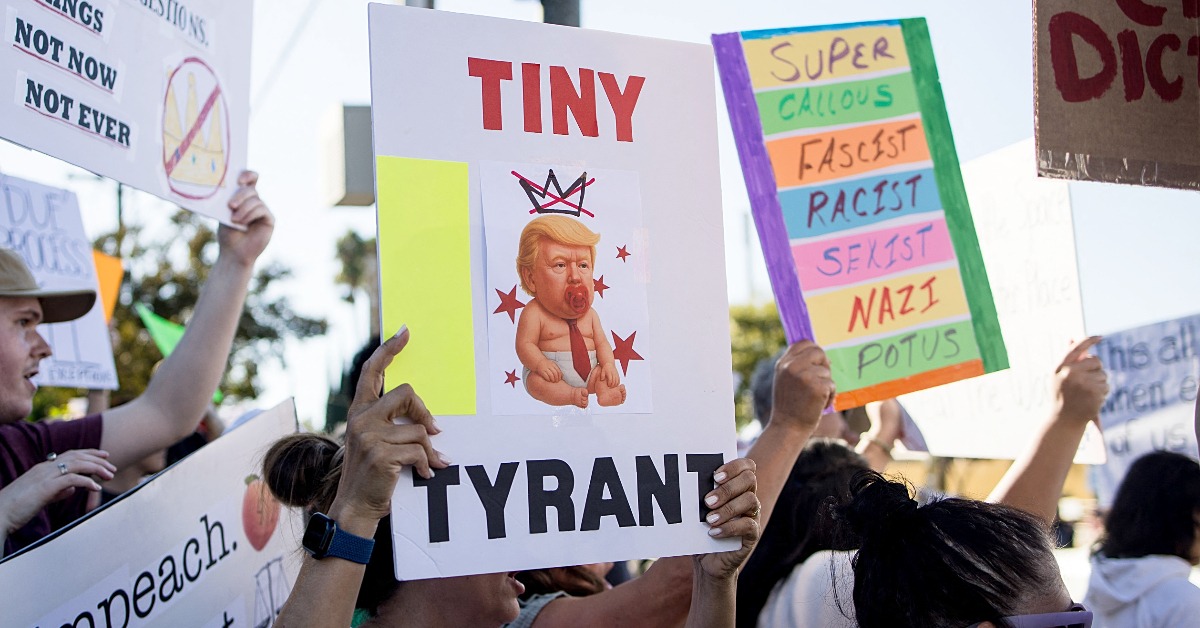BY: DM
Published 5 hours ago
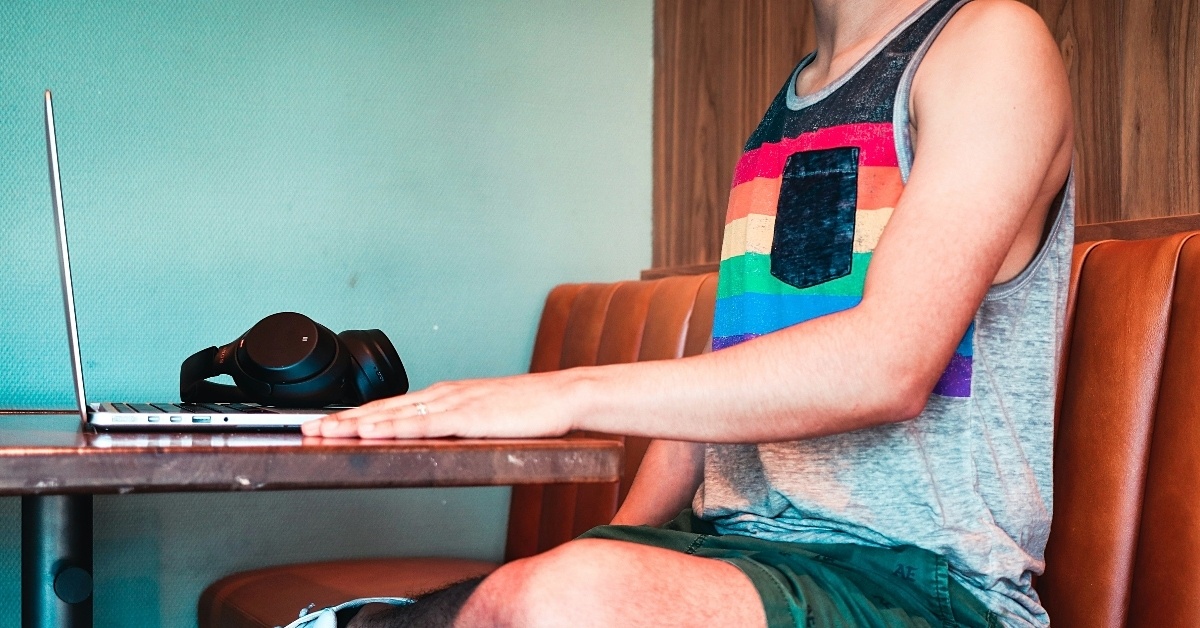
The Institute for Strategic Dialogue (ISD) has released a 2025 review of anti-LGBTQIA+ trends, and the receipts are heavy. The report shows that online hate and offline harm fuel each other, as shifting platform rules and political rhetoric make queer people less safe.
ISD’s five-year lookback tracks the rise of harassment, book bans, and legislative attacks. It also reveals how platform policy rollbacks and weakened online moderation are shrinking queer visibility across social media feeds. Here’s what the study uncovered.
The ISD Warns That Attacks Against LGBTQIA+ People Are Increasing
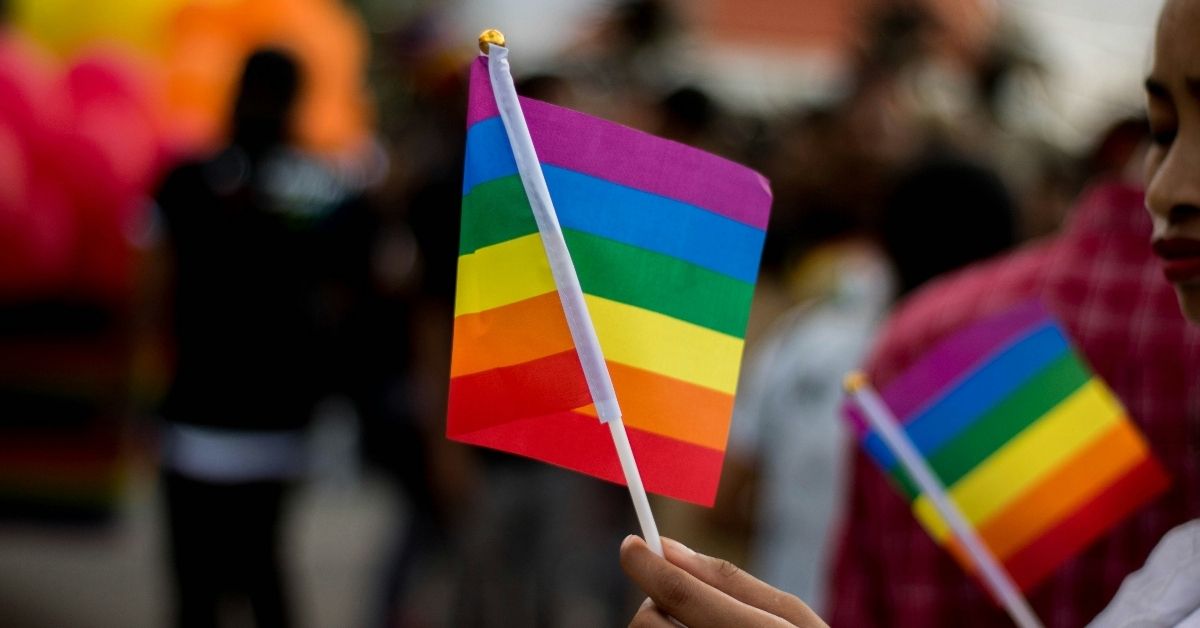
The organization finds that LGBTQIA+ communities face “coordinated harassment campaigns” online, along with a rollback of digital protections and moderation changes that erase queer content. Published on Oct. 20, the report connects patterns across the U.S., the U.K., and Europe and warns that without targeted safeguards, queer expression will continue to be suppressed. Offline, hate crimes and book bans have surged in recent years, mirroring a rise in government actions targeting LGBTQIA+ rights — especially those of trans people.
ISD also flags the tech-side realities many creators and users already feel. Some major platforms have reversed explicit protections, while automated systems frequently over-moderate queer content by labeling it as “adult” or “sensitive.” GLAAD’s 2025 Social Media Safety Index supports those findings, showing low overall safety scores for TikTok, Facebook, Instagram, and X (formerly known as Twitter).
In the United States, federal data reinforces ISD’s concern. The Justice Department’s 2024 hate-crime report shows that 17.2% of single-bias incidents were motivated by sexual orientation and 3.9% by gender identity — meaning more than one in five cases stemmed from anti-LGBTQIA+ bias. The Williams Institute adds that LGBTQIA+ people are five times more likely than non-LGBTQIA+ people to experience violent crime and nine times more likely to be victims of violent hate crimes, per the ISD.
What Does ISD Say This All Means for the LGBTQIA+ Community?

These online challenges, paired with today’s policy climate, explain why safety feels unstable. In January, the White House issued an executive order called “Ending Radical Indoctrination in K-12 Schooling,” directing agencies to target what it described as “gender ideology” and related curricula. Days earlier, the U.S. Department of Education dismissed book-ban complaints and rescinded guidance addressing the removal of LGBTQ- and race-themed books, calling the prior initiative a “hoax.”
ISD concludes that safety depends on context. When platforms roll back protections and political rhetoric stigmatizes queer people, harassment doesn’t stay online — it spills into school board meetings, libraries, and public spaces. Second, over-moderation is a real and measurable problem. It limits visibility, demonetizes creators, and mislabels LGBTQIA+ content as inappropriate. ISD points to data showing that policy attacks and threats against LGBTQIA+ spaces correlate with higher anxiety and worse mental-health outcomes for queer youth.
ISD has identified a strategic pattern. Its five-year analysis shows how anti-LGBTQ narratives cross-pollinate across ideologies, from far-right extremism to mainstream culture wars, and then echo through platform algorithms and traditional media. That cycle matters because it can turn a meme into school policy or a conspiracy theory into a legislative hearing.
Have you personally noticed changes in how social media platforms handle LGBTQIA+ content? Comment below!



